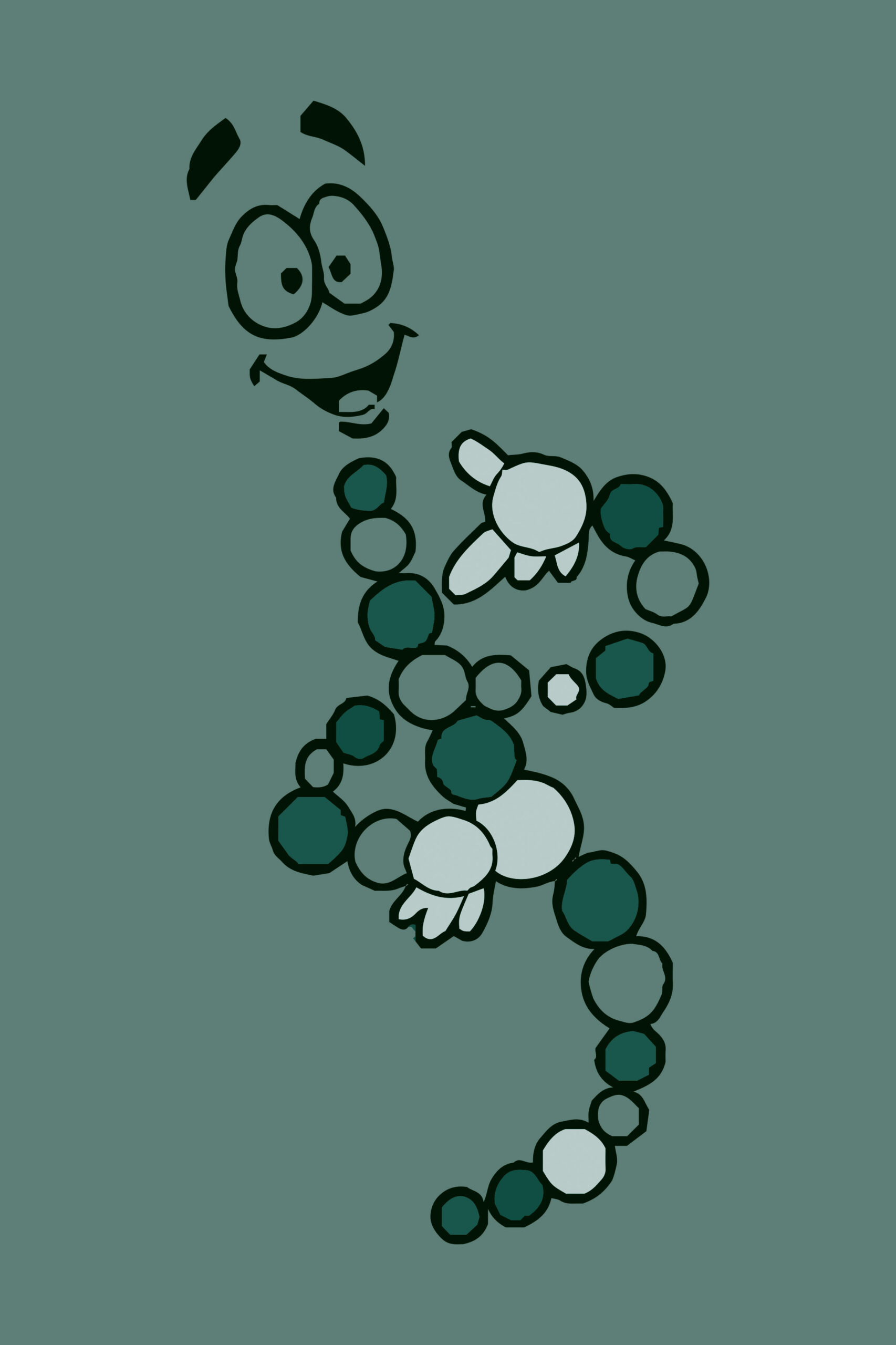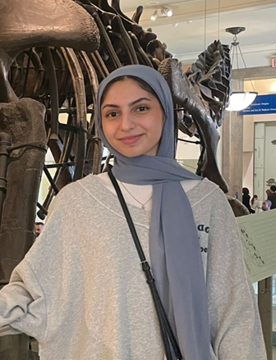Quick Links
Follow Us
Rutgers is an equal access/equal opportunity institution. Individuals with disabilities are encouraged to direct suggestions, comments, or complaints concerning any accessibility issues with Rutgers websites to accessibility@rutgers.edu or complete the Report Accessibility Barrier / Provide Feedback form.
Copyright ©2024, Rutgers, The State University of New Jersey. All rights reserved. Contact webmaster







